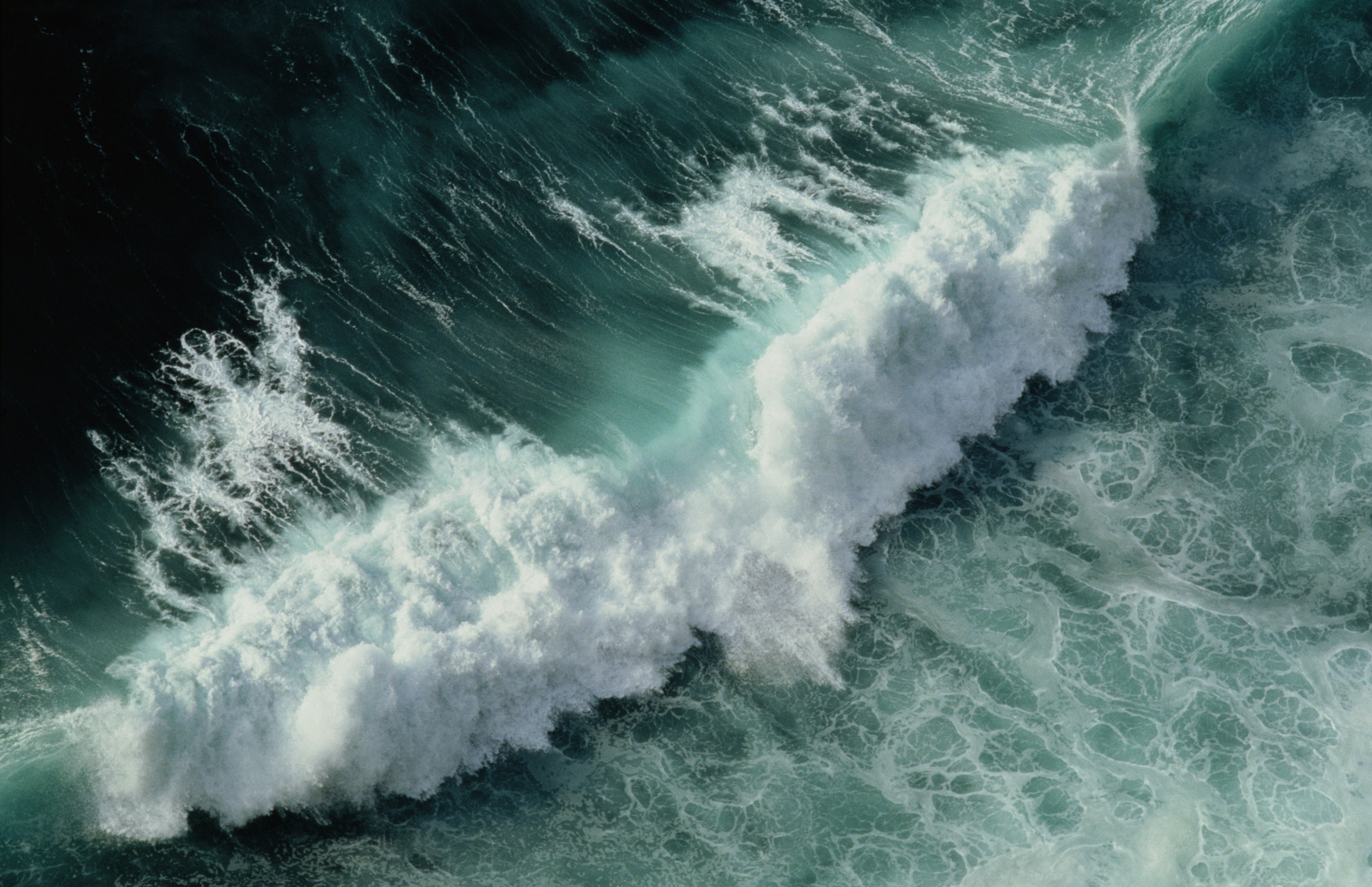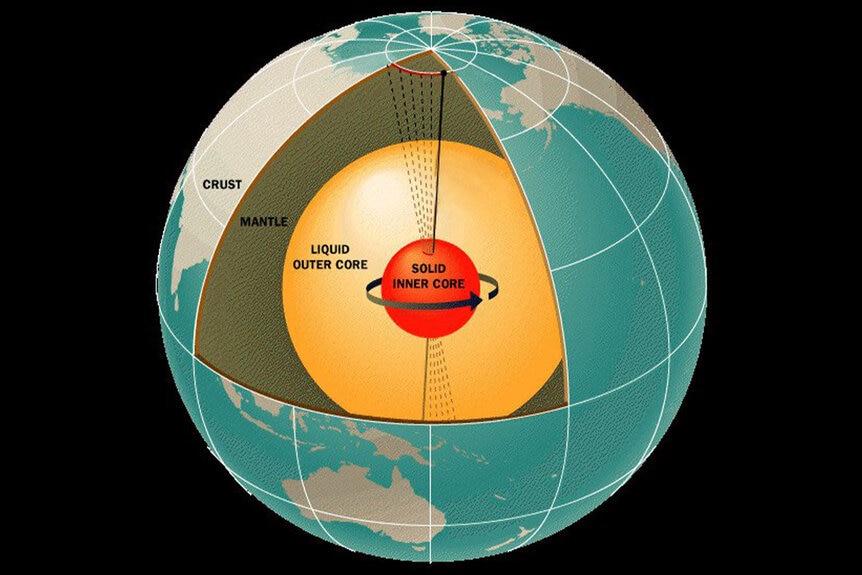Create a free profile to get unlimited access to exclusive videos, sweepstakes, and more!
Did Scientists Find a Hidden Super Ocean 400 Miles Underground?
Kind of, but not the kind you can swim in.

In the 2022 creature feature Underground Monster, the continual dumping of toxic materials contaminates an underground cave ecosystem. When a dark-dwelling critter gets exposed to the toxins, it mutates into a horrific monster, attacking a construction team who unwittingly disturbed its nest.
If the filmmakers wanted to crank out a subterranean sequel, they could go even farther underground where a vast planet-spanning ocean of water is hidden. Recent headlines from a number of outlets including Times of India, WION, and Marine Insight claim that scientists have discovered a massive subterranean ocean approximately 400 miles underground. Moreover, they claim that the water contained inside the Earth is roughly triple that of the water in the world’s surface oceans.
While those headlines have a foundation of truth, the reality is a little more complicated than “giant underground ocean” and the discovery isn’t new. It’s based on a study published in the journal Science a decade ago.
For More on the Oceans:
Why Don't Killer Whales Ever Attack and Kill Humans?
Scientists Find 25,000 Square Miles of Hidden Coral Reef, Increasing Total by Roughly a Quarter
Scientists Pulled a New Type of Virus from the Deepest Spot in the Ocean
There Is an Underground Ocean, but it’s Trapped Inside Ringwoodite Rock
The study suggests an adjustment to our understanding of the planet’s water cycle. In grade school, we all learned that water evaporates to form clouds, then rains down all over the world, before trickling back to the sea from wherever it happened to fall. Somewhere along the way it evaporates again and the cycle continues. The 2014 study adds to that picture by introducing a significant store of water in the mantle transition zone, between 255 and 410 miles (410 and 660 kilometers) underground.
There are a number of ways for water to get underground. While it’s running along the surface it might get soaked up by soil and seep down through cracks into the rock below. Water at the bottom of the ocean interacts with the ground too in even more complex ways. It’s got all the pressure of the water above it, pushing it down, and tectonic activity where Earth’s plates meet can trap water inside the mantle.
Researchers found it by measuring tectonic waves traveling through the planet. They noticed that the waves slowed down in the mantle transition zone when it came into contact with a rock called ringwoodite. The speed of the tectonic waves can be explained by the ringwoodite being soaked through with water.
At surface temperature and pressure, ringwoodite is a beautiful bright blue rock, but it forms at high temperature and pressure, deep underground. There, water gets trapped inside and can eventually seep out. Rather than an underground ocean, the mantle transition zone is more like a vast planetary sponge, and it’s sopping wet. Honestly, it sounds awful. If there are monsters down there, they can have it.
Catch Underground Monster, streaming now on Peacock.



























